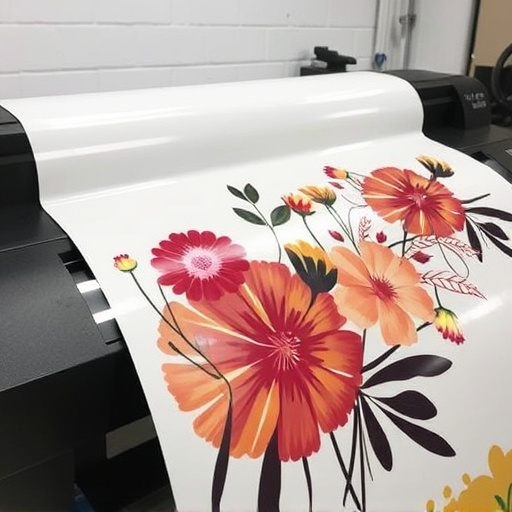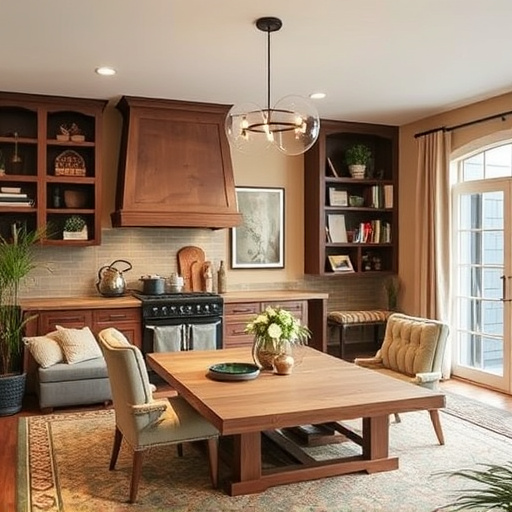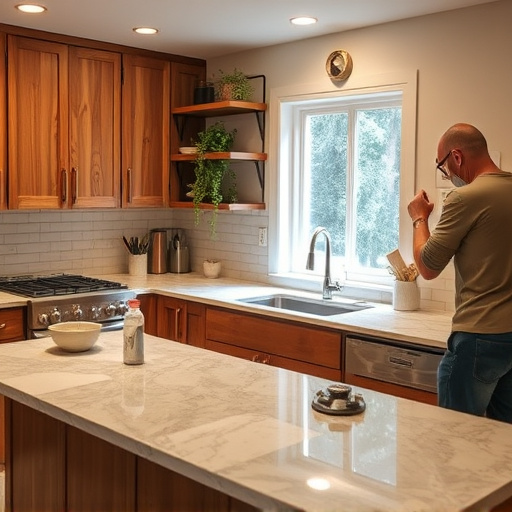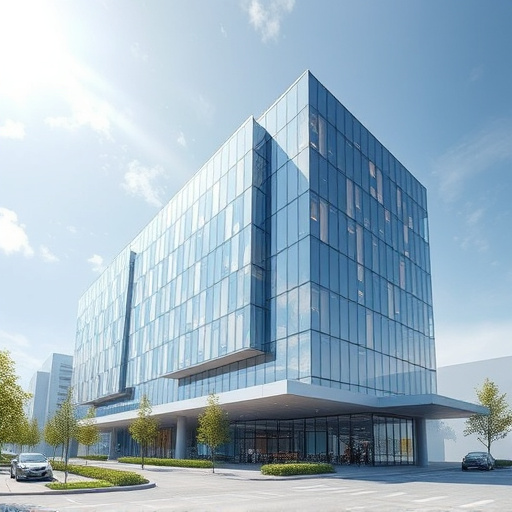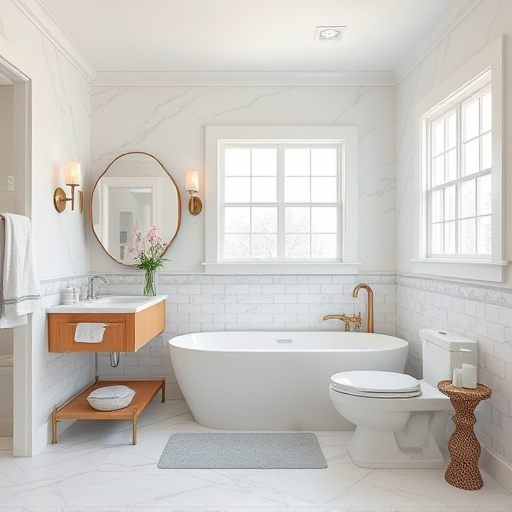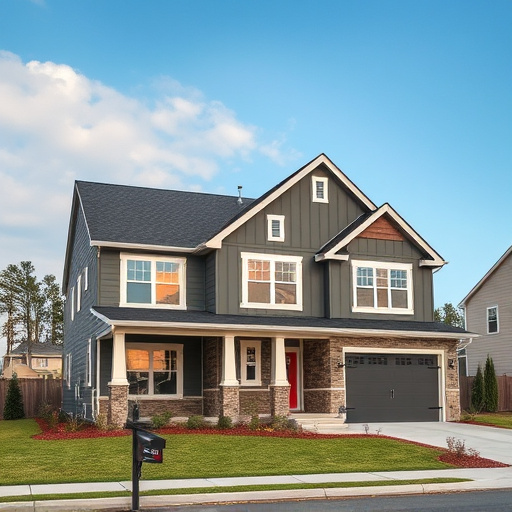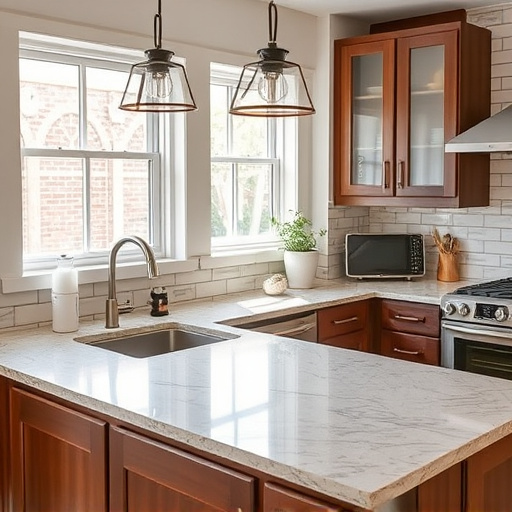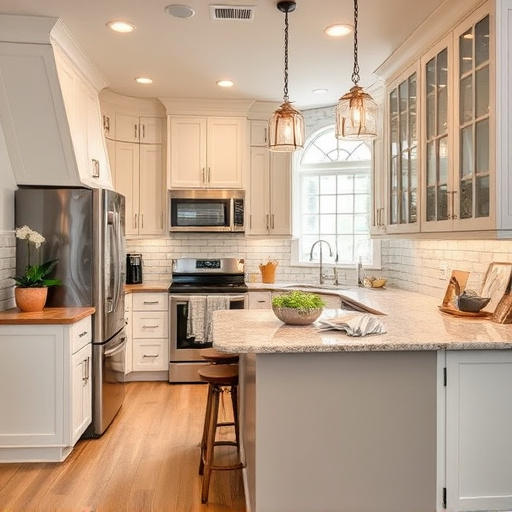In commercial remodeling, adhering to ADA standards is crucial for creating accessible and inclusive spaces. This involves planning for smooth movement, providing clearances for wheelchairs, ensuring color contrast, installing ramps, wide doorways, and grab bars. Integrating these elements at any scale ensures compliance and welcomes all occupants. Prioritizing accessibility meets legal requirements and caters to diverse customers through features like tactile tiles, customizable workstations, and technology like braille signage.
“Enhance your commercial remodeling project’s accessibility and appeal with essential ADA (Americans with Disabilities Act) compliance tips. In this guide, we navigate the key aspects of creating inclusive spaces. From understanding foundational ADA standards tailored for commercial environments to implementing design solutions that foster ease of use, these insights empower professionals. Ensure your projects cater to a diverse user base while adhering to legal requirements in the realm of commercial remodeling.”
- Understanding ADA Standards for Commercial Spaces
- Essential Considerations for Accessible Remodeling
- Implementing Design Solutions for Better Accessibility
Understanding ADA Standards for Commercial Spaces

In the realm of commercial remodeling, adhering to the Americans with Disabilities Act (ADA) standards is paramount to ensure inclusivity and accessibility for all users. These guidelines are designed to remove physical barriers and create environments that cater to individuals with disabilities, reflecting a commitment to equality and compliance. For businesses looking to renovate their spaces, understanding these standards is crucial. The ADA sets forth specific requirements for everything from building entrances and corridors to restrooms and seating areas in commercial settings, focusing on clear navigation, adequate space, and easy-to-use fixtures.
When navigating commercial remodeling projects, it’s important to consider the broader context of ADA compliance beyond basic structural changes. This involves thinking about how renovations impact overall accessibility, including alterations to existing features that might affect individuals using mobility aids or with visual or auditory impairments. Whether you’re undertaking residential renovations, home additions, or home transformations, integrating these standards into your plans from the outset ensures a more inclusive and legally compliant space for all occupants.
Essential Considerations for Accessible Remodeling

When undertaking commercial remodeling projects, ensuring accessibility for all individuals is a critical aspect often overlooked. The Americans with Disabilities Act (ADA) provides guidelines to create inclusive spaces, and adhering to these standards not only benefits people with disabilities but also enhances the overall functionality of the property. For businesses, this means considering every detail, from entranceways to interior layouts, to guarantee ease of access for all customers and employees.
Essential considerations for accessible remodeling involve planning for a seamless flow of movement, ensuring adequate clearances for wheelchairs, and providing sufficient contrast in color choices for visual accessibility. Whether it’s a multiple room remodel or whole house remodels, incorporating features like wheelchair ramps, wide doorways, and grab bars in bathrooms can make a significant difference. Home remodeling projects should also aim to integrate these elements to create an environment that welcomes everyone, ensuring compliance with ADA standards.
Implementing Design Solutions for Better Accessibility
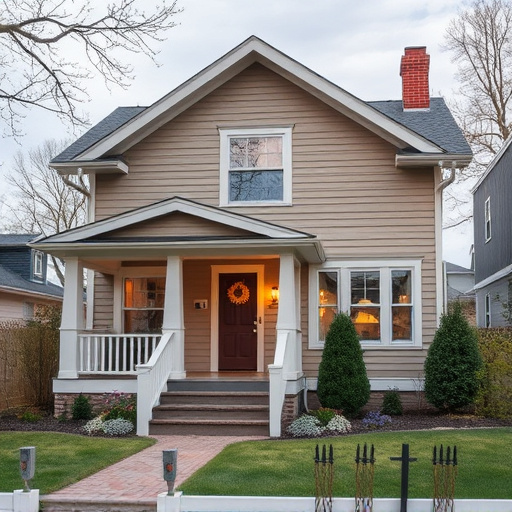
In commercial remodeling projects, implementing design solutions that prioritize accessibility is not just a legal requirement but also a thoughtful approach to serving a diverse customer base. Start by considering clear and wide pathways, ensuring doors are appropriately spaced for wheelchair access. Incorporate subtle yet powerful features like tactile tiles at entrances and handrails along corridors to guide visually impaired individuals safely. For spaces with specific functions, such as kitchen renovations or exterior painting areas, customizable work stations that can accommodate different user needs can significantly enhance accessibility.
Leverage technology where possible; braille signage and automated door operators are simple yet effective additions. In terms of aesthetics, remember that accessible design need not compromise style. Incorporating universal design principles, like raised countertops in restrooms or lower light switches, allows for a seamless blend of functionality and modern design. This approach ensures that your commercial remodeling project is inclusive and welcoming to all visitors and tenants, reflecting a commitment to diversity and accessibility.
When undertaking commercial remodeling projects, ensuring ADA compliance is essential to create inclusive and accessible spaces. By understanding the standards, considering key aspects, and implementing thoughtful design solutions, contractors can transform buildings while meeting regulatory requirements. Incorporating these tips for accessible remodeling not only benefits individuals with disabilities but also enhances the overall user experience for all folks interacting with commercial spaces.


